Synopsis: Mauna Loa erupted on Sunday about 11:30 p.m. local time. According to the US Geological Survey, it had been showing signals of disturbance since September.
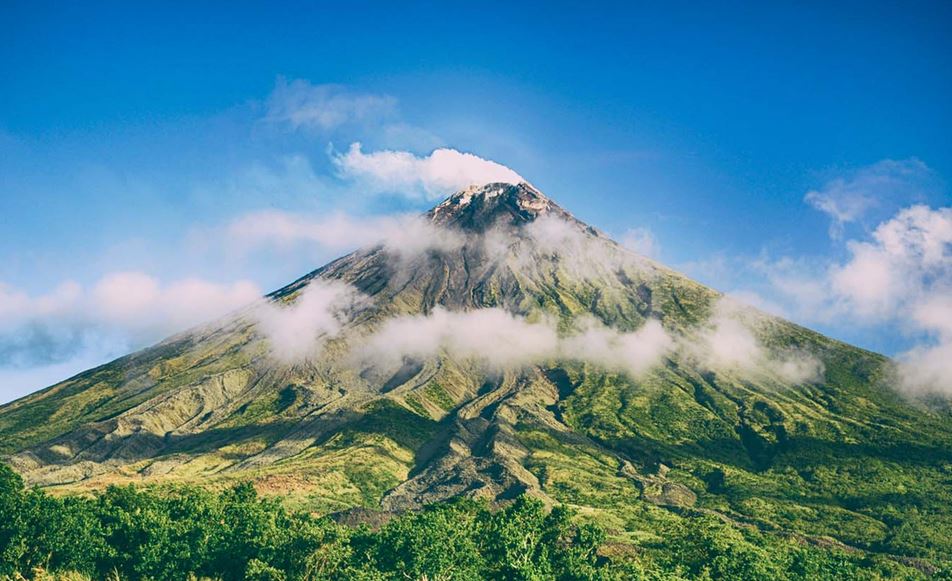
Mauna Loa, the world’s largest active volcano erupts after 38 year!
On Sunday, smoke filled the Hawaiian night sky, burning a vivid red, indicating the eruption of the world’s largest active volcano.
Mauna Loa, which means “long mountain” in Hawaiian, erupted on Sunday about 11:30 p.m. local time. According to the US Geological Survey, it had been showing signals of disturbance since September.
The government agency raised the alert level to “warning,” indicating that a “hazardous eruption is imminent, underway, or suspected.”
There had been no requests for evacuation as of Monday morning. Mitch Roth, the mayor of Hawaii County, said the eruption does not appear to be endangering any downslope villages. However, as a precaution, the Hawaii government opened shelters at the Old Kona Airport in Kailua-Kona and the Ka’u gym in Pahala for individuals who opted to evacuate.
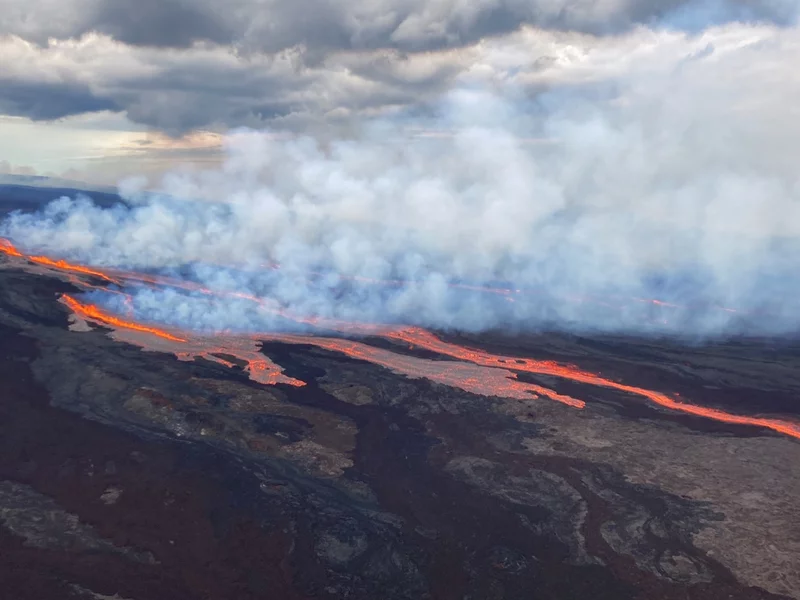
Mauna Loa is taller than Mount Everest
Mauna Loa is one of 15 volcanoes found in Hawaii’s eight main islands. According to the United States National Park Service, it accounts for approximately 51% of the island of Hawaii. It rises 30,000 feet from the sea’s bottom, more than 1,000 feet higher than Mount Everest. Mauna Loa is mostly underwater, with only about 13,000 feet of it rising above sea level.
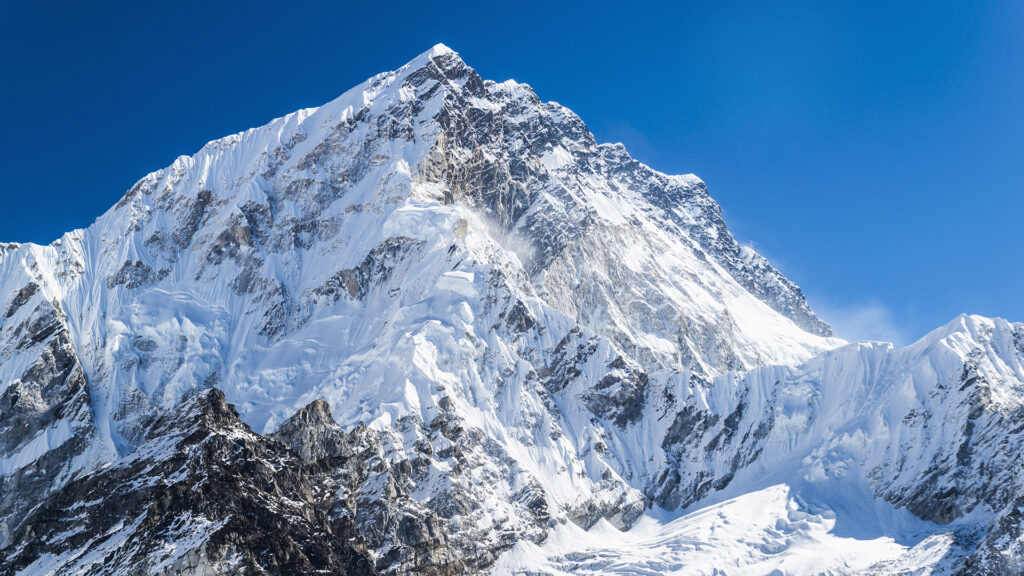
The volcano’s first lava flows date back between 600,000 and a million years. Scientists believe Mauna Loa first rose above sea level around 300,000 years ago and has been quickly expanding since then.
The eruption brings an end to Mauna Loa’s longest period of silence.
Since recorded records of eruptions began in 1843, Mauna Loa has erupted 33 times. The most recent one occurred in March 1984 and lasted three weeks. Lava advanced within five miles of Hilo, the archipelago’s largest city on the big island.
Among the severe eruptions was one in the spring of 1868, which damaged 4,000 acres of land and killed 77 people due to landslides, a tsunami, and landslides caused by earthquakes. The lava flow lasted five days, and the eruption is regarded as one of Hawaii’s deadliest natural disasters.
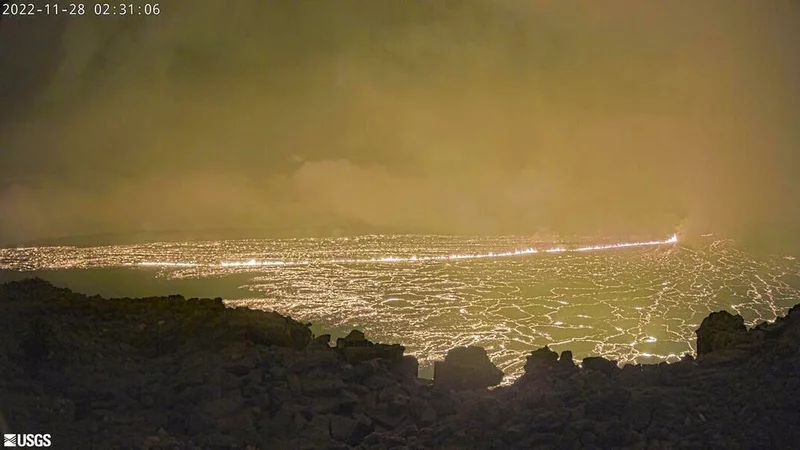
Mauna Loa lava flow can change quickly.
The lava appeared to remain controlled as of Monday AM local time, with no signs of exiting the summit. However, Mauna Loa eruptions have a history of being dynamic, with the flow of lava changing rapidly in the early phases.
Mauna Loa also has a high rate of lava eruption, which can be particularly dangerous when it descends the volcano’s steep slopes. According to the U.S. Geological Survey, it can produce “fast-moving and long-traveled lava flows” that require a “rapid response.”
Winds may also bring volcanic gas and fine ash downwind to surrounding populations, increasing the risk.
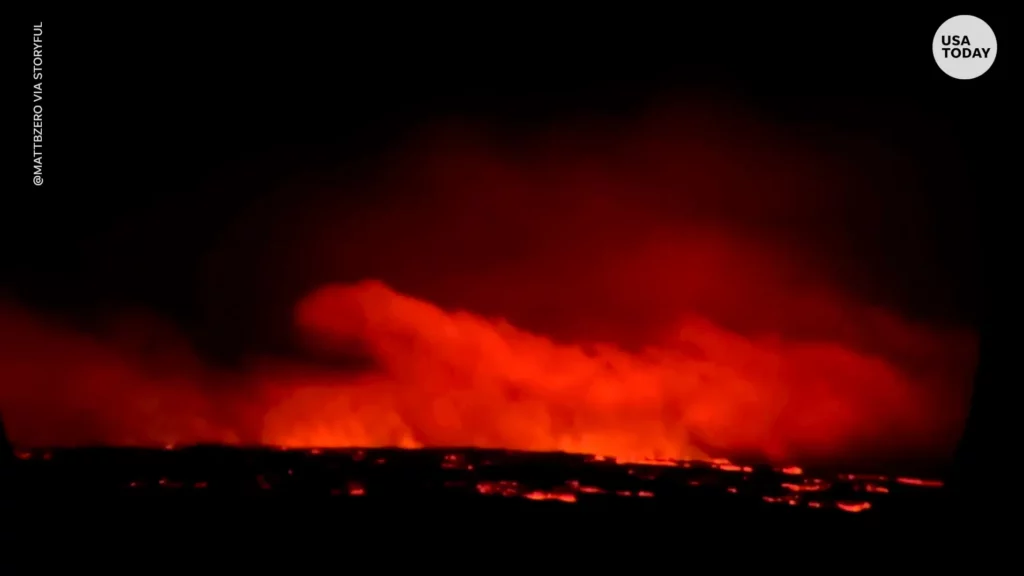
Read Also:
Can an increase in food oil content induce diabetes? Here’s what doctors have to say.
For more, visit Zesacentral!